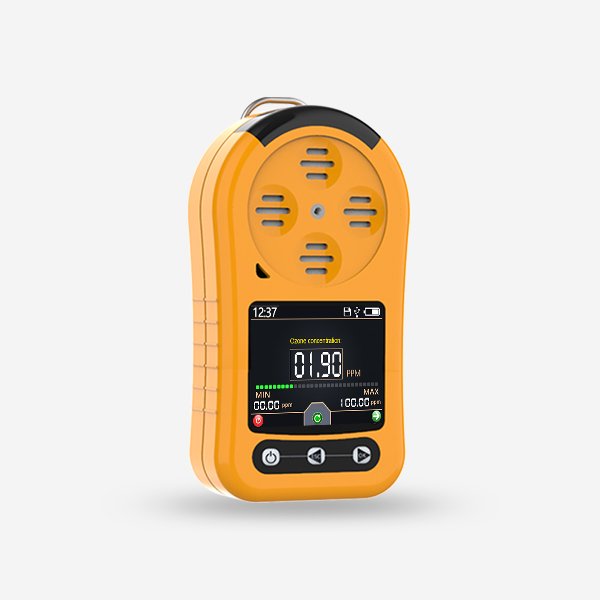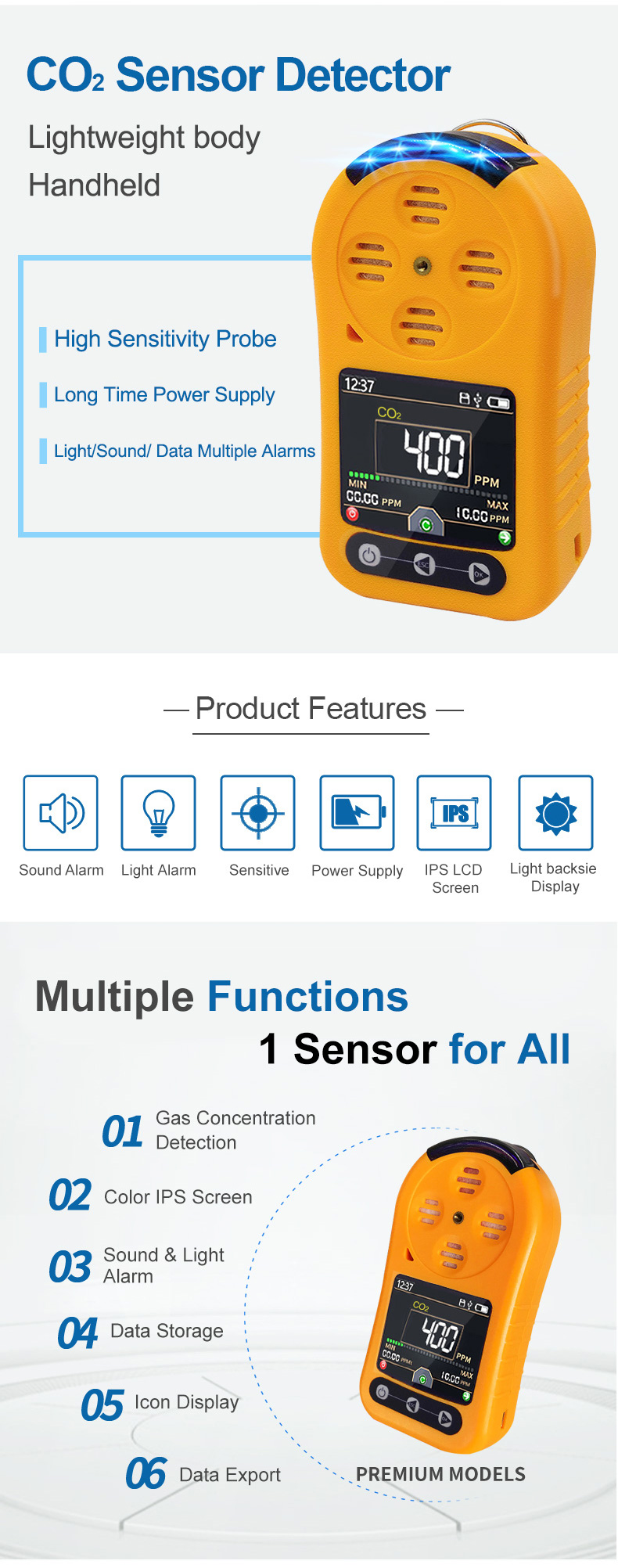
Among various sensors, CO2 sensors play a crucial role in energy efficiency, as they can help to reduce energy consumption and improve indoor air quality. This paper will explore the role of CO2 sensors in energy efficiency, It includes the working principle of CO2 sensors, the application of CO2 sensors in energy efficiency, the challenges of CO2 sensors and the future.

CO2 sensors are widely used to detect the concentration of CO2 in the air. They are based on various detection methods, such as infrared absorption, non-dispersive infrared (NDIR) spectroscopy, and electrochemical sensing. Infrared absorption is one of the most commonly used methods, which measures the amount of infrared light absorbed by CO2 molecules in the air. NDIR spectroscopy is a highly accurate method, which measures the absorption of infrared light at specific wavelengths by CO2 molecules. Electrochemical sensing uses an electrode to measure the amount of CO2 in the air, which is then converted into a voltage signal.
CO2 sensors have many applications in energy efficiency. One of the most important applications is in buildings and indoor environments. CO2 sensors can help to improve indoor air quality by detecting high concentrations of CO2 and triggering the activation ofventilation systems. This can help to reduce the use of energy for ventilation, thereby saving energy costs and reducing carbon emissions. CO2 sensors can also be used to control the operation of lighting systemsand air conditioning systems, based on the real-time needs of occupants. For example, when CO2 concentration increases, the system can automatically turn on the lighting systems or air conditioning systemsto improve indoor comfort and reduce energy consumption.
Another important application of CO2 sensors is in smart homes and smart cities. CO2 sensors can be integrated with other smart devices, such as smart meters, smart appliances, and smart thermostats, to create a smart home or smart city infrastructure. For example, CO2 sensors can be used to detect the occupancy of a room, and then control the operation of the smart meter or smart appliances based on the occupancy status. CO2 sensors can also be used to detect CO2 emissions from vehicles and factories, and then control the operation of smart thermostats or air cleaning systems based on the CO2 emissions.

However, there are still some challenges and limitations in the application of CO2 sensors in energy efficiency. Firstly, CO2 sensors are not highly accurate in detecting low concentrations of CO2, which can affect the accuracy of energy consumption calculations. Secondly, CO2 sensors are sensitive to interference from other gases, such assmoke and carbon monoxide, which can affect their accuracy in detecting CO2 emissions. Thirdly, the cost of CO2 sensors is relatively high, which can limit their wide application in energy efficiency projects.
Despite these challenges and limitations, CO2 sensors still have great potential in energy efficiency applications. In the future, with the development of sensor technology and intelligent infrastructure, CO2 sensors will become more accurate, reliable, and cost-effective. They will be widely used in buildings, smart homes, and smart cities to improve energy efficiency and indoor air quality. At the same time, CO2 sensors can also be used in conjunction with other sensors, such as temperature sensors, humidity sensors, and air quality sensors, to create a more comprehensive and accurate monitoring system for energy consumption and indoor environment.
In conclusion, CO2 sensors play a crucial role in energy efficiency applications, and they have great potential for future development.